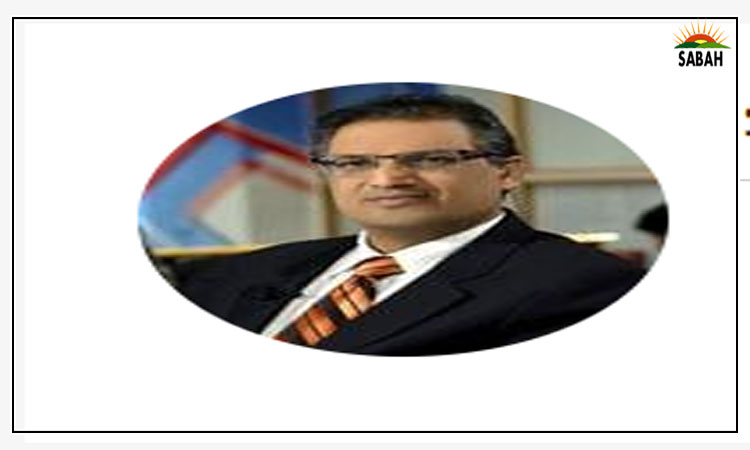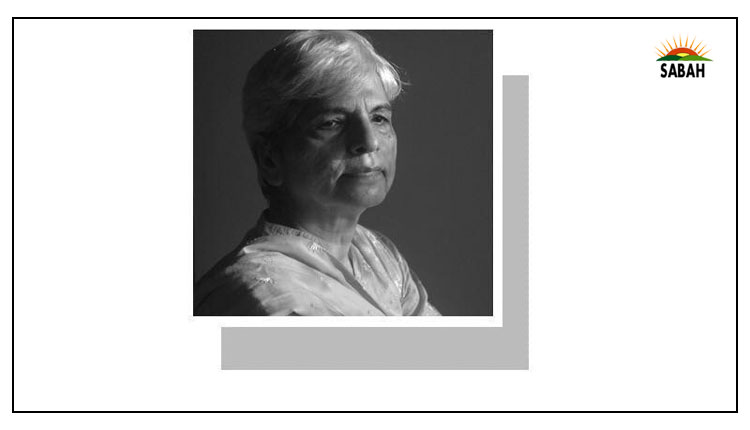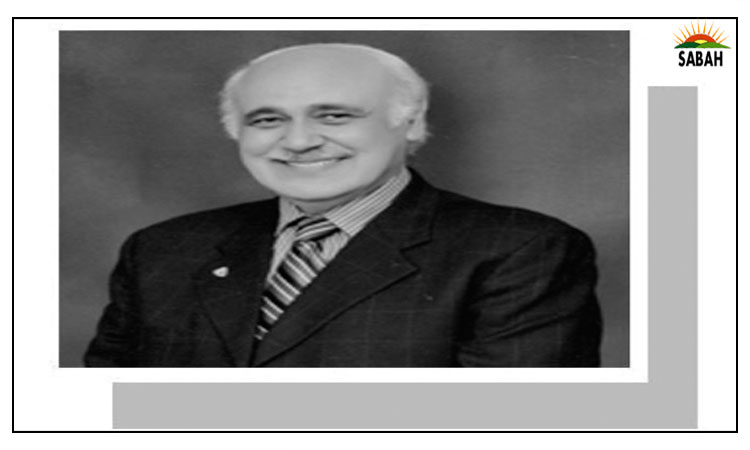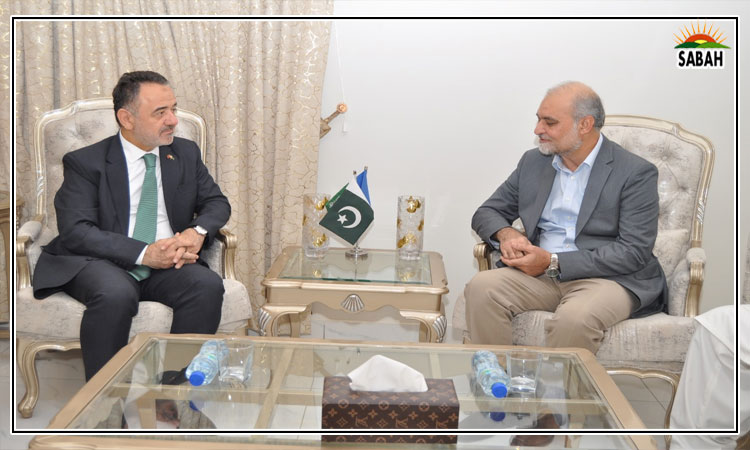Outcome-based education: why?…Muhammad Ali Falak
If you talk to any fresh graduate, they will tell how unprepared they feel while entering the job market despite having sterling grades. Employers too lament about graduates lack of critical thinking, poor communication abilities and weak interpersonal skills. An overhaul is needed, which might come in the form of outcome-based education (OBE).
Since Pakistan became a provisional signatory to the Washington Accord in 2017, it is striving to shift content-based education to OBE in institutes of higher education across the country. However, this transition comes with a huge challenge of implementation in our society where resources are scarce and novelty is frowned upon.
OBE is a student-centric teaching and learning methodology in which course delivery and assessments are to achieve certain objectives. It focuses on continuously monitoring students performance using direct and indirect assessments. This means that at the end of the programme, every individual student will be able to assess themselves based on attributes they are expected to develop during the program.
In a traditional class, the instructor will focus more on what to teach. Contrarily, in the OBE system, the same instructor will be more concerned about what the students learn and will give several tasks to assess them. In this way, at the end of the course, success depends on how much the students have learnt rather how much content the professor has taught hence the term student-centric.
The history of this goes back in the 90s. In 1989, the six signatory organizations which included Australia, Canada, Ireland, New Zealand, the UK and the US observed that the pre-requisites for granting accreditation to university level programmes were substantially equivalent. They agreed to grant the same rights and privileges to graduates of programmes accredited by other signatories as they do to their own accredited programmes.
Pakistan among Bangladesh, China, India, Philippines, Sri Lanka holds provisional status. To be a full signatory of the program Pakistan needs to revamp its varsity education system and align with the OBE system.
In 2013, N. Rajaee, a faculty member in a Malaysian university, elaborated on the deficiencies of traditional content-based education that was prevalent in most universities of the country. He mentioned that the system was rigidly structured with no stakeholder participation in the decision-making process and laid emphasis only on academic education while neglecting skills. To him, the curriculum was inflexible and prescriptive. Rote learning was a must and collaboration was extinct. Competition was cut throat. Most importantly, the traditional system was based on comparing ones performance to his classmates.
If you are older than three decades you must remember your result day, where parents think 92% marks is not as impressive as a 95%. OBE aims to change this mindset as it prepares a student for problem solving, enhances creativity, polishes their communication skills, and is student-centric with a lot of student-teacher interactions. The ultimate aim of OBE is to equip undergraduates with the attributes they need to help transition over to their professional career.
Effective implementation of OBE gives opportunities for new ideas in order to develop an education model that improves learning outcomes. However, for OBE to be successfully adopted by a tertiary education institution, academic staff members and students must understand the objectives of learning and their roles within the system.
Education in tertiary institutions should not be a linear unilateral model but instead an active and engaging process. In OBE, the end of the curricula does not signal the end of the learning process for the students but a continuum of lifelong learning. For this system to perform and grow, it demands strong willingness and generous incentives for the drivers of this concept i.e. the faculty of higher education institutions.
Courtesy The Express Tribune












